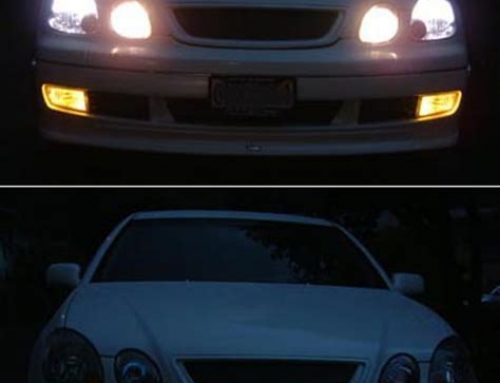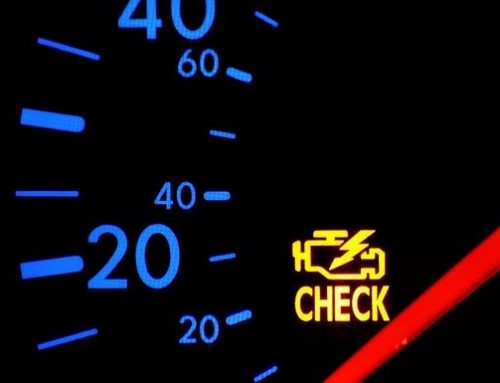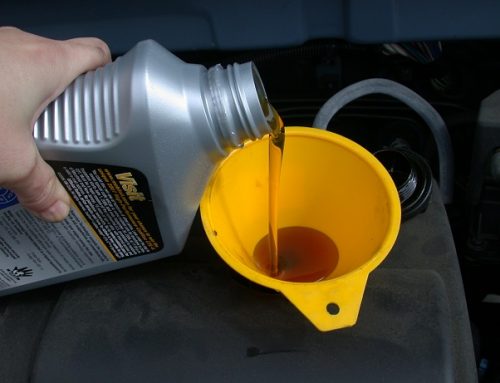Our last blog post talked about a question we hear pretty often: “What do I do if the Check Engine light comes on?”
Here we’ll cover some basic services that may be offered to you by lube or repair businesses.
It’s good to be informed. Don’t buckle under pressure…

Some lube shops and dealership service departments will push “packages” like a “Get Ready for Summer Service” or other things.
Much of the time that’s just so they can make money. Here’s some solid info on typical services they offer:
Transmission Fluid:
In the old days it was common to change transmission fluid every 30,000 miles or so. Now, many people never change it at all. The experts we’ve consulted say the best thing to do is to have it professionally flushed every 30-50,000 miles. Do it more frequently (every 30-35,000 miles is probably good) under harsh conditions such as a lot of stop-and-go driving, in a work truck, an older vehicle, etc. Just draining it manually and refilling it only gets some of the fluid because you’re not getting what’s in the torque converter, transmission cooler and cooler plumbing. It needs to be power-flushed to get it all.
***IMPORTANT NOTES: One thing to keep in mind is that if a transmission has a lot of miles on it, maybe 75,000 or more, and has never been flushed, power-flushing can do harm as it will loosen up all kinds of things in the transmission. So it’s better in this case to just manually change the fluid, even though you’re not getting all of it. You could do it a second time, say 5,000 miles after the first time, to get most of the fluid changed. ALSO, if you check the transmission fluid and it looks OK, that is not a guarantee that everything’s top-notch. Sometimes a transmission can fail even if the fluid looks “OK”.
Coolant / Anti-freeze:
Modern coolants can go a long time without losing their capabilities. However, it gradually will get contaminated with dirt and dust, and possibly from stuff in the water it’s mixed with, since it’s supposed to be mixed 50/50 with water. Mixing it with distilled water is highly recommended. Even if testing shows the cooling and antifreeze protection are still adequate, antifreeze can become more acidic over time and lose its rust-inhibiting properties, causing corrosion. Corrosion can harm the radiator and other parts of the cooling system, so the coolant in a vehicle with more than 75,000 miles should be tested periodically. If it tests OK, there’s no need to flush it!
Power Steering Fluid and Brake Fluid:
As far as we know, most vehicle owner manuals no longer say anything about changing these fluids. Topping off these fluids when necessary is important. But they can often go the life of the vehicle unless they become contaminated. Contamination can occur if there’s a leak in the system or if the vehicle has gone a very long time, say at least 125,000-150,000 miles or more. A white-ish power steering fluid means there’s water in the fluid, which is bad. Dirty brownish fluids are probably no longer doing their job very well, either.
The bottom line: Go with what your vehicle Owner’s Manual says. If you have a mechanic you trust, their advice may supercede anything we’ve said here. If you still have questions, feel free to call or email us. And remember, when it’s time for your personal car, truck or RV to have an oil change – or a whole fleet – InSite OilChange is The One that Comes to Your Location!




